Golden age of Peterborough's silver screen
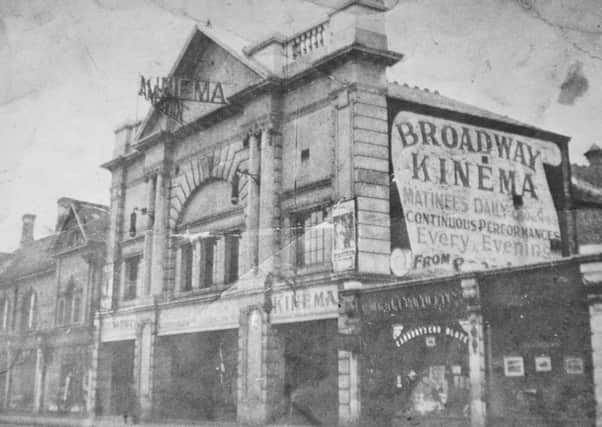

The general consensus is that “this town ain’t big enough for the both of ‘em’’ and the developers and city council are locked in a legal dispute.
Back in the day the city was home to many cinemas – most of them had started life as a theatre and some remained dual use for many years.
Advertisement
Hide AdAdvertisement
Hide AdThe first picture is of the Broadway Kinema. Do you know when this opened? I believe it was demolished in the early 80s.
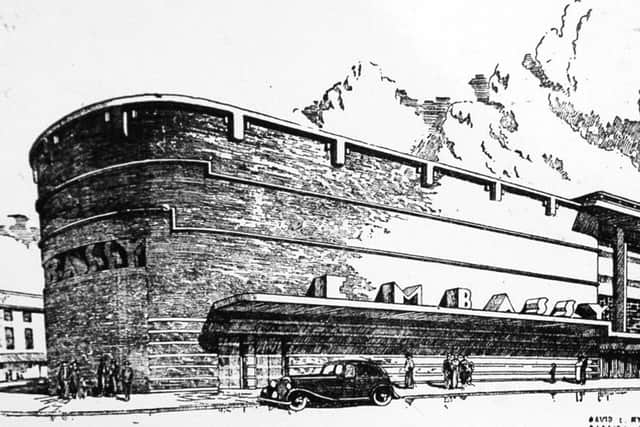

The artist’s impression from 1936 is the very recognisable sight of the Embassy theatre, which is now home to pubs and clubs.
The picture of the people is thought to be staff from the Empire Theatre, enjoying a works day out. The theatre was located next to the Odeon on Broadway. The next picture is of the Grand Theatre. It looks like it was an earlier incarnation of the Broadway Kinema.
The splendid interior shot might be the Embassy although it has been suggested it is the Odeon. Does anyone know for certain?
Please get in touch if you have any information.
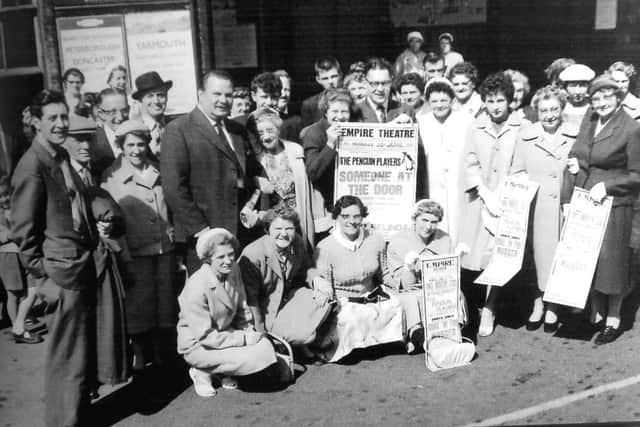

From the archives
Advertisement
Hide AdAdvertisement
Hide AdA look back at stories from the Peterborough Telegraph archives – some sad, some happy, some serious, some funny
The annual ceremony of the Lonely Anzac is one of Peterborough’s unique events.
This year’s event is featured on our Week In Pictures section on page 44 of today’s newspaper.
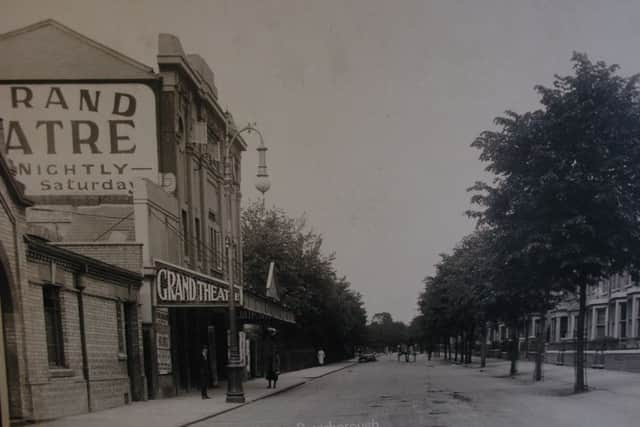

Back in 2007 the ceremony caused a stir on the other side of the world after city school children attended the event for the first time.
Advertisement
Hide AdAdvertisement
Hide AdABC, Australia’s BBC, even used it as a lead story with its Europe correspondent Rafael Epstein saying: “It’s amazing to think Peterborough schoolchildren are still learning about the sacrifices made by the Anzacs.’’
Sgt Thomas Hunter ‘the Lonely Anzac’ was one of the hundreds of brave Australians and New Zealanders who took part in the bloody Gallipoli landings in April 1915. He was later wounded in the Battle of the Somme in July 1916 and sent back to England.
However, he was taken off a train on its way to a military hospital in Yorkshire at Peterborough station, and died days later at the city’s hospital, which is now the museum on Priestgate.
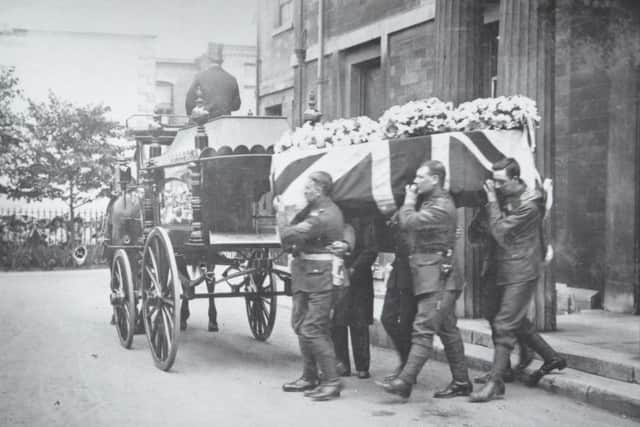

At the time, 500 men from Peterborough had been killed, all of them buried far from home. His tragic story was the city’s first chance to publicly express their grief and thousands turned out for the funeral procession.
The pictures show his coffin leaving the hospital and his burial at Broadway cemetery.